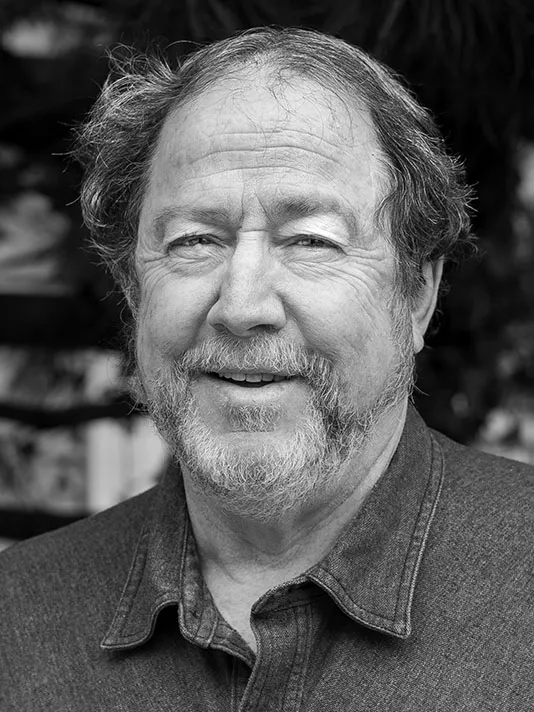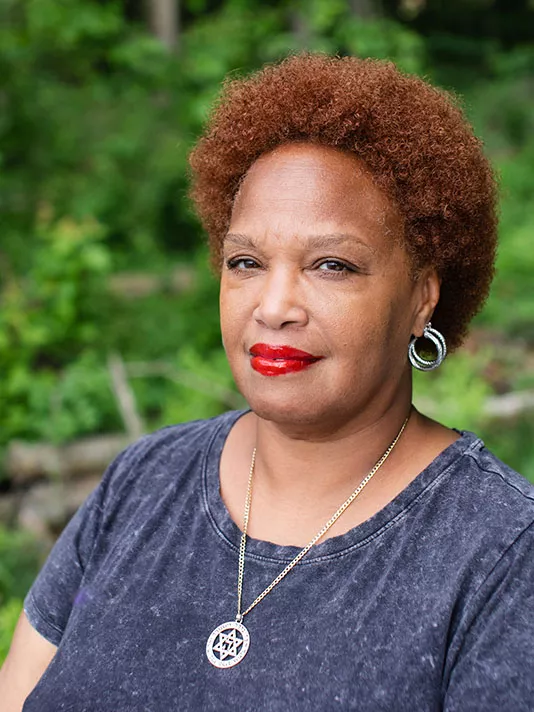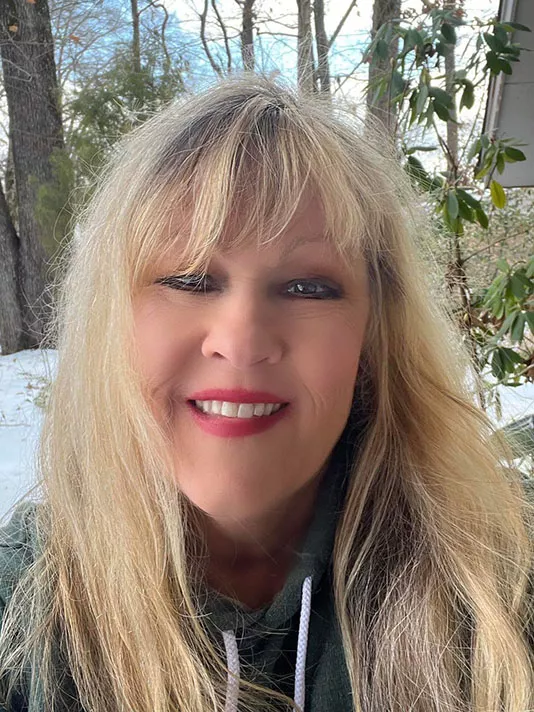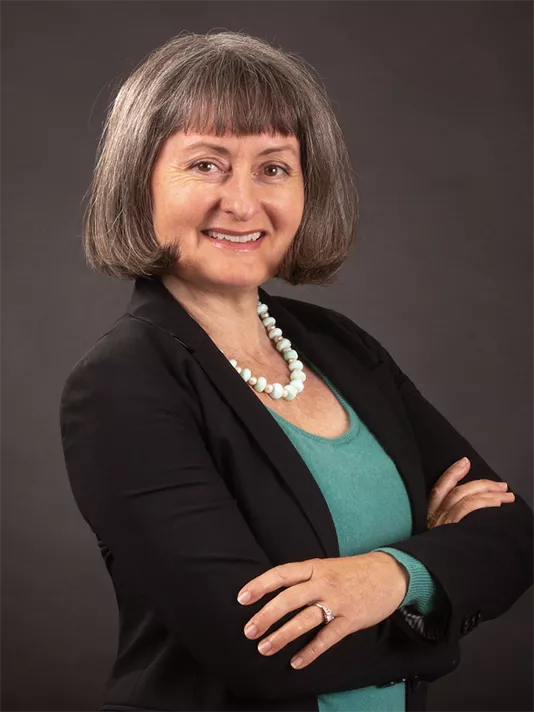Question

|
Clayton Daughenbaugh
This is first of all a behavioral matter. As with the planet we need to proceed among ourselves with love and humility. Odds are those with whom we disagree are speaking from a place of integrity, contributing in their roles, and deserving of respect and consideration. Not one of us can see the whole picture, we all come with a blend of knowledge, wisdom, and ignorance. When working across difference we need to first listen and learn and then speak from our place of conviction. Each of us is going to be wrong on occasion, even when we’re certain we’re not. We need those who differ from us to help us collectively get things right. The Board should model this behavior. There are also structural elements. Various entities have primary responsibilities, rarely are they solely responsible. Each must make space for consultation with others who have a role and an interest in the task at hand. When people are heard as a matter of habit and routine, dissenting views can be more readily resolved and accommodated. It’s not always easy as collectively we’re faced with a situation where human impacts are rapidly diminishing the capacity of life on the planet to survive in any form resembling what is now present, this includes human life. The stakes are so high that emotions from people who care deeply, i.e. the Sierra Club, can be easily triggered. We need to proceed with care. Forgiveness is important and apologies necessary. |

|
Princess Washington
Although dissention may arise, it is of the utmost importance that we are all aware of the unifying reasons that we come together. I find that most differences arise form miscommunication and misinformation. However, there will be times where individuals will not see eye to eye, and that too is ok. The best we can do in those circumstances is to find middle ground, and to create compromise. Having a clear understanding of the role of the organization is critical, and with no pun intended, sometimes we cannot see the forest for the trees. By being mindful of the overall objective, cohesion can be created even in the most adverse of circumstances. The fact that Sierra Club has a 2/3 majority concept with any decision will always play a key part for forward motion and I believe that by sticking to this concept, we will always speak in unison. |

|
David Karpf
The first step is trust. We are not always going to agree. (I have studied the history of the Club – there has never been a decade without significant disagreements.) But the route to productive disagreement runs through building meaningful trust and shared organizational identity. The best way to build trust is through convenings. Bringing back the Sierra Summit would be an excellent move in that direction. The second step is a fair process where all sides are heard and feel that they have been listened to. Such processes require a lot of time and shared commitment. At times we need to move quick, with the collective understanding that we will try our best and make amends when we mess up. The third step is making sure we continue to center collective action. The thing that brings us back together when we disagree is the shared sense that together we will win. We have to make sure we don’t lose sight of the campaigns and causes that bring us together in the first place. |

|
Erica Hall
I address dissenting views by highlighting the common connections we share air, water, and climate, and the effects it has on us all regardless of where we live, who we are, our lifestyles, our skin color, or what we look like. Messaging may need to be different depending on geographic location, regional, and environmental and conservation needs, political climate, and demographics. We need to pay attention to the local communities where our groups are located. Chapters must support their local groups and volunteers. Different parts of the country have diverse needs which should reflect our country and our environmental and conservation needs. What is best for the environment where we live? That should be the most important priority, not political views or party. What is best for our earth? What is best for our environment and future generations? Are we doing all we can to be better stewards of our water, air, and land? When you highlight the common issues we share, it makes the message easier to understand. |

|
Karl Palmquist
As a Group leader, I have encountered this situation often. In my capacity as Group Chair, I have created systems to address this type of issue, ideally before it becomes a problem. Disagreement is okay. Dissenting views can often make an organization stronger because they allow us to think more deeply about our situation and examine nuance. However, dissension becomes a problem when it causes mutual resentment and dysfunction. I believe that by addressing two major causes of this discord we can bring the Club into better harmony. First, I have found that, historically, communication between grassroots members and national leaders (staff and national volunteers) has been missing. When several of my local Group’s priorities were in opposition to the views of national Club staffers, I facilitated conversations with staffers and national volunteers. This helped the Group refine our positions, but also helped national leaders identify areas where they could offer better support to our Group. Under the new Club structure, regional staff should cultivate better working relationships with local Group Chairs to build such reciprocal working relationships. econd, the Sierra Club needs to do a better job framing its policies so that they make sense to local members. I have found that Group members are more willing to accept Club policies and the input of Sierra Club leaders if time is taken to think about the policy as a roadmap to guide our local work, rather than as something that constrains what we do. |

|
Nancy Muse
Dissent is a given within any group and should be welcome. Volunteers do not feel heard when authoritarian actions are taken by high level leaders and staff. The CCL Resolutions process enables volunteers to use their voice in an organized and democratic way. Resolutions pass through many hands with much deliberation before being approved by the CCL at the Annual Meeting. CCL Resolutions that are dismissed by National Club can result in disempowerment for the Chapter Resolution sponsors who have spent many hours of free labor identifying issues that they feel are important. There have been observations of inconsistent and arbitrary processes regarding approval or disapproval of CCL Resolutions. Communication, transparency and consistency are needed concerning the process for Board consideration of CCL Resolutions. Structured time given for substantive dialogue should include relevant CCL representatives as part of the decision making process. Communication, trust and respect among all entities is key for a more unified Sierra Club. Regularly scheduled meetings of the full Board and the CCL ExCom, with both groups sharing equitable space, would create a culture of mutual respect and trust. Chapter and Grassroots Network Team leaders need to feel that the top Club leaders are approachable and engaged. This could be accomplished if Board members held regional town hall meetings with volunteers with a facilitated Q&A. |

|
Meghan Sahli-Wells
Sierra Club members are passionate leaders who represent a wide array of positions on issues, informed by lived experience, expertise, research, local knowledge, and at times bias. We need to support and train leaders to learn to recognize and overcome bias. We need to foster healthy dialogue and create spaces where we can learn from one another, with mutual respect, even in the face of disagreement. And rather than shy away from difference, I believe hearing differing views strengthens the Sierra Club. This can be a challenge, but it is one that leads to better outcomes. Ultimately, our work must be rooted in our mission, values, and strategic vision. A good example of bringing diverse positions together to create unified policy happens in the Conservation Policy Committee (CPC), where I served during my first year on the Board. They have a deliberative process where new policies and updates to existing policies are proposed by Sierra Club leaders for consideration. The CPC consults with subject matter experts for their perspectives, they may create a Task Force, and implement a comment period, to ensure our Sierra Club community has a chance to be heard. The committee brings the diverse perspectives shared together, to craft Sierra Club policy that is guided by our mission, values, strategic vision and informed by stakeholders. Their recommendation is presented to the full Board for a vote to set official policy. |